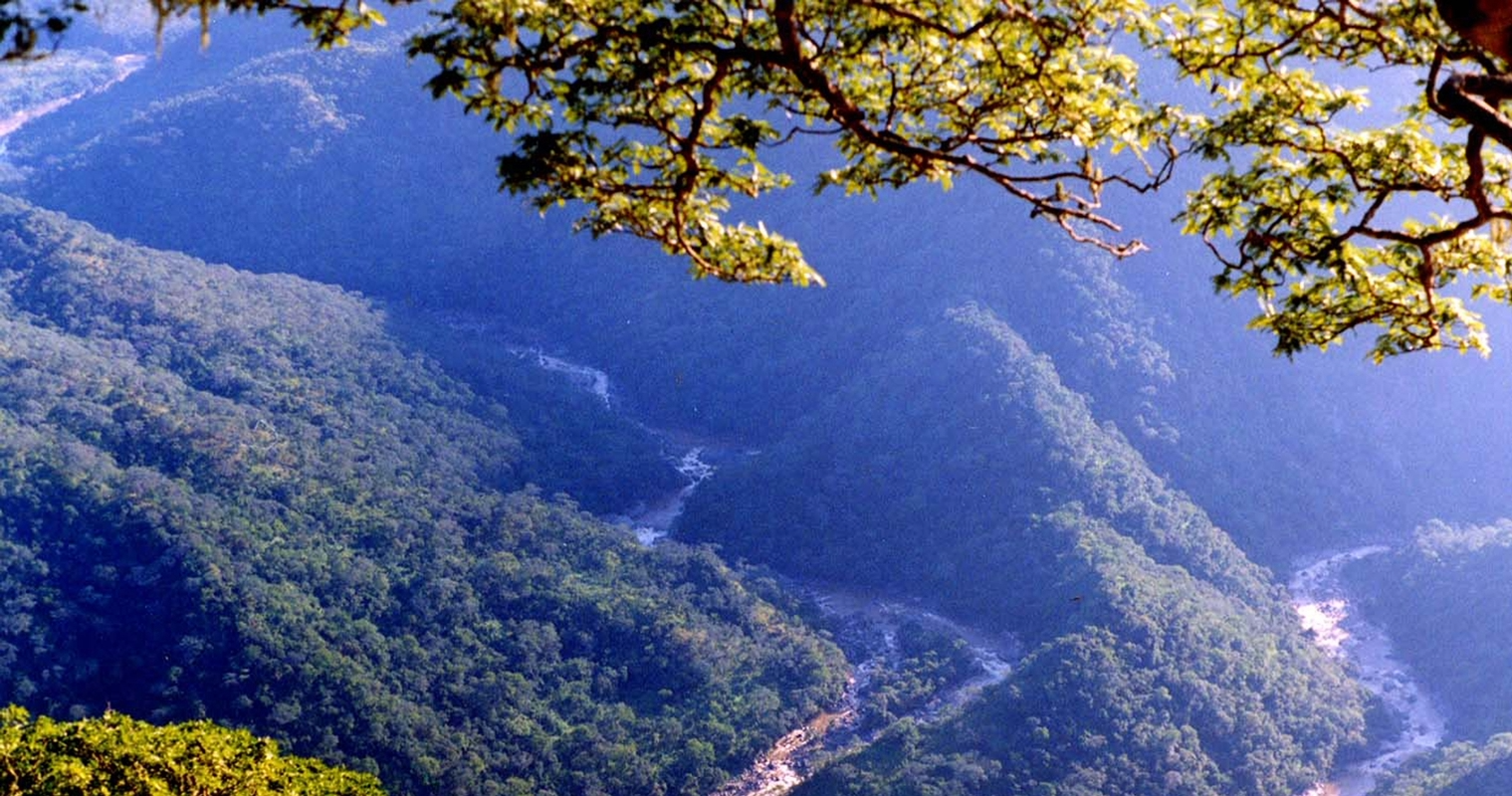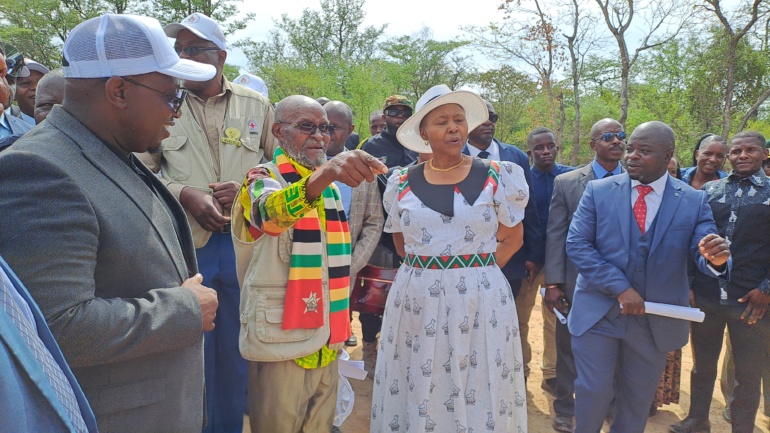National Museums and Monuments of Zimbabwe (NMMZ) acknowledges the concerns raised in a recent article regarding mining activities within the Mavhuradonha Wilderness National Monument by Leopold Munhende. We welcome responsible journalism that promotes the protection of Zimbabwe’s heritage and provides the public with important information. It is, however, necessary to clarify NMMZ’s position and correct several inaccuracies relating to our role and actions.
1. NMMZ’S STATUTORY MANDATE AND ROLE IN MAVHURADONHA
Mavhuradonha Wilderness was officially declared a National Monument in terms of Statutory Instrument 6 of 2017, following extensive research, documentation, and field surveys conducted by NMMZ. Our investigations confirmed the area’s exceptional cultural, archaeological, natural and historical significance, attributes deserving of the highest levels of protection.
As the legally mandated custodian of Zimbabwe’s cultural and natural heritage under the National Museums and Monuments Act (Chapter 25:11), NMMZ is obligated to safeguard all values within the proclaimed monument for the benefit of present and future generations. This responsibility includes ensuring that activities incompatible with heritage conservation do not occur within protected sites.
2. WORLD HERITAGE NOMINATION PROCESS LED BY NMMZ
After the declaration of the area as a national monument, NMMZ undertook further comprehensive research, mapping, and documentation, culminating in the submission of a World Heritage nomination dossier to the Zimbabwe National Commission for UNESCO.
This process involved:
- Preparation of detailed justification for Outstanding Universal Value.
- Documentation of archaeological, ecological and cultural features.
- Mapping of conservation zones and sensitive heritage areas.
UNESCO has is considering World Heritage Tentative Listing, confirming its potential for inscription. Any mining in the area would immediately disqualify the monument, compromising years of national investment, community efforts, and inter-agency collaboration.
3. NMMZ’S POSITION ON MINING IN MAVHURADONHA
The official policy position of NMMZ has been consistent and unequivocal: mining activities are not permissible within the Mavhuradonha National Monument.
This position was clearly communicated in the 16 May 2023 letter by the then Executive Director, Dr. G. Mahachi, in response to the Archaeological and Cultural Heritage Impact Assessment report submitted by Afrochine Smelting. The letter clearly states that:
- Open-cast chrome mining would cause irreversible destruction of topsoil and landscape integrity.
- Allowing mining would violate the protective intent of the statutory declaration.
- Mining would compromise Zimbabwe’s national efforts to have the site inscribed on the UNESCO World Heritage List.
Our stance remains unchanged: NMMZ does not support and has never authorised any mining operations within the Mavhuradonha National Monument.
4. MULTI-AGENCY MEETINGS AND JOINT AGREEMENTS AGAINST MINING
Contrary to suggestions that NMMZ supported mining entities, NMMZ has consistently spearheaded multi-stakeholder engagements aimed at stopping mining in the area. These include:
- A high-level stakeholder meeting chaired by the Commissioner General of Police at CID Headquarters in Harare, where all parties agreed that mining activities in Mavhuradonha were not permissible.
- Several inter-ministerial and local authority meetings involving the Guruve and Muzarabani Rural District Councils, traditional leaders, EMA, Ministry of Mines and Mining Develovepment, and security agencies.
- Continuous written and verbal communication reiterating that access for the purpose of mining cannot be granted within the monument.
- NMMZ conducted multi stakeholder inspection visits with the aim to flush out illegal mining activities in the wilderness monument.
- NMMZ has provided other relevant government departments like Ministry of Mines and Mining Development with boundaries and other information on Mavhuradonha. Ministry of Mines has promised to stop issuing new licenses to prospective miners in the monument without clearance from NMMZ.
NMMZ has repeatedly emphasised that no entity whether foreign or local has the authority to commence mining inside a legally protected monument.
5. CLARIFICATION REGARDING ACCESS LETTERS
It is important to clarify that an access facilitation letter issued by any NMMZ official does not and cannot constitute permission to mine. Section 24 of the National Museums and Monuments Act is explicit: any excavation or ground disturbance within a national monument requires written consent from the Executive Director, which has never been granted.
Any interpretation of administrative correspondence as mining authorisation is therefore incorrect and legally invalid. Only a formal written consent from the Executive Director can authorise activities within a national monument, and such consent cannot violate the protective purpose of the proclamation.
6. CALL FOR ACCURATE REPRESENTATION AND COORDINATED ENFORCEMENT
The challenges at Mavhuradonha reflect a glaring need for a whole of government approach in tackling complex heritage management issues involving multiple institutions with distinct responsibilities. While NMMZ provides the heritage protection mandate, other responsibilities also lie with:
- The Ministry of Mines and Mining Development
- EMA
- Local authorities (Guruve and Muzarabani RDCs)
- Traditional Leaders
- The Zimbabwe Republic Police
As NMMZ, we continue to work with all relevant institutions to ensure the protection of this nationally important landscape.
We urge all actors including mining companies to comply fully with Zimbabwean laws, statutes, national policies, and the 2020 government directive banning mining in protected areas.
7. CONCLUSION
As National Museums and Monuments of Zimbabwe, we remain firmly committed to the protection of the Mavhuradonha Wilderness and all heritage sites under our care. We reiterate our position:
• Mining within the Mavhuradonha National Monument is unlawful, environmentally destructive, and inconsistent with its national and international conservation status.
• NMMZ has never approved mining activities within the protected area.
• The institution continues to champion efforts towards UNESCO World Heritage inscription, which mining would jeopardise.
We welcome continued collaboration with journalists, civil society, traditional leaders, government agencies and international partners to safeguard Mavhuradonha for future generations.




